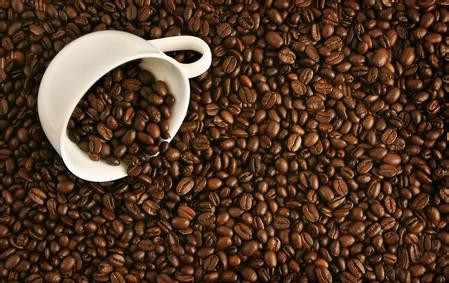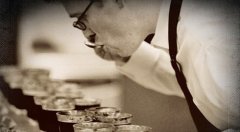Single coffee The king of boutique coffee
Single coffee, also known as origin coffee, in fact, mainly relative to mixed coffee, single coffee as the name implies is a single variety or single origin coffee beans, that is, unblended coffee.

The name of individual coffee is generally composed of country of origin, origin, manor, grade and variety. For example, the Blue Mountain No.1 in Jamaica refers to the first-class coffee beans produced in the Blue Mountain region of Jamaica.
We usually use utensils rather than coffee machines to extract individual coffee. If mixed coffee is to pursue the stability and uniformity of coffee taste, then single coffee exists in order to taste the most unique and personalized flavor. So blended coffee is generally cheap. Even the world's top blended coffee, such as ILLY, sells for less than 300kg in the Chinese market, but high-quality individual coffee is much more expensive. The famous Blue Mountain Coffee was purchased at about $120 a kilogram in 2010, while the world's best-known luxury coffee, LUWAK (Kopi Luwak), costs nearly $1000 a kilogram. The most exaggerated is the vomiting version of Luwak, which may cost $2000 a kilogram, which is too high to be seen in blended coffee.
In this era when people only know cappuccinos, individual coffee is actually the king of coffee, just like wine, it is wine, not vodka, that ends up in the hall of elegance.
Important Notice :
前街咖啡 FrontStreet Coffee has moved to new addredd:
FrontStreet Coffee Address: 315,Donghua East Road,GuangZhou
Tel:020 38364473
- Prev

Basic knowledge of Coffee Why Coffee turns sour after it is cooled
Sometimes we have this experience: we have a cup of coffee in a coffee shop or ourselves, and we love to drink black coffee, so we don't add sugar or milk, but before long, as the coffee gets cold, the originally mellow coffee will also become sour and difficult to swallow. Why on earth is this? Is there any way to avoid it? In fact, drinking coffee is like eating fish, most of the time it's hot.
- Next

What is the basic knowledge of delaminated Coffee
Layered coffee is actually the use of different raw materials of different proportions, through slowly poured into the cup to achieve a sense of layering between different raw materials. So whether the coffee is layered or not is only related to the way it is presented, it has nothing to do with taste, and even half of it, I think the taste of layered coffee will be slightly worse than that of non-layered coffee. When we order a cup of layered coffee at the coffee shop, we can press
Related
- Beginners will see the "Coffee pull flower" guide!
- What is the difference between ice blog purified milk and ordinary milk coffee?
- Why is the Philippines the largest producer of crops in Liberia?
- For coffee extraction, should the fine powder be retained?
- How does extracted espresso fill pressed powder? How much strength does it take to press the powder?
- How to make jasmine cold extract coffee? Is the jasmine + latte good?
- Will this little toy really make the coffee taste better? How does Lily Drip affect coffee extraction?
- Will the action of slapping the filter cup also affect coffee extraction?
- What's the difference between powder-to-water ratio and powder-to-liquid ratio?
- What is the Ethiopian local species? What does it have to do with Heirloom native species?

